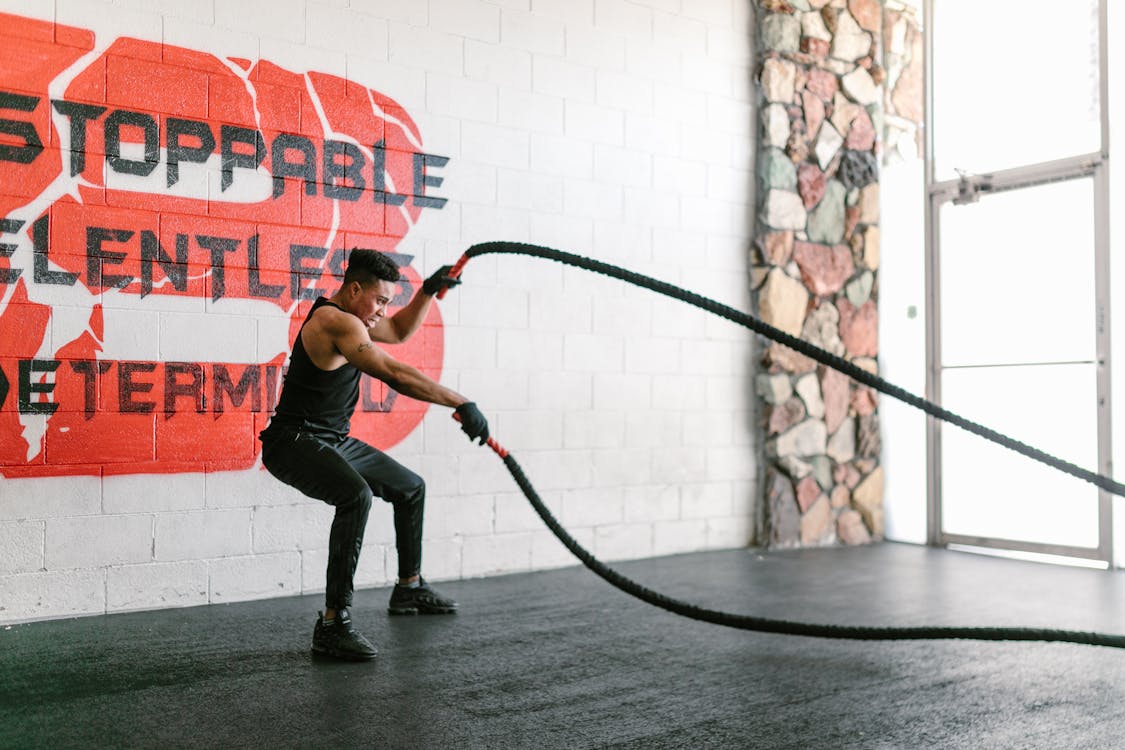 Mind
Mind
- Digital and Modern Well-being
- Mental Health and Emotional Well-being
- Mind-Body Connection and Holistic Health
- Parenting and Family
- Personal Growth and Development
- Relationships and Social Well-being
- Stress and Relaxation
- Therapeutic and Creative Practices
- Trauma and Recovery
- Work, Productivity, and Discipline
 Body
Body
 Fitness
Fitness
 Food
Food
 Beauty
Beauty
High-Intensity Interval Training (HIIT) for Weight Loss

High-Intensity Interval Training (HIIT) for Weight Loss: Burn Fat Faster with Short Workouts
Have you ever wished you could get fit in less time? Imagine torching calories while spending only 20–30 minutes exercising—without spending hours on the treadmill. That’s the magic of High-Intensity Interval Training (HIIT). It’s fast, it’s effective, and it’s backed by science. Whether you’re a busy professional, a parent juggling responsibilities, or someone who just hates long workouts, HIIT could be the key to losing weight without spending all day at the gym.
Why HIIT Works for Weight Loss
Traditional cardio—like jogging or cycling—has its place, but HIIT is a game-changer when it comes to burning fat efficiently. Instead of a steady-state workout, HIIT alternates between short bursts of intense effort and brief recovery periods. This not only maximises calorie burn during the workout but also keeps your metabolism elevated for hours afterward—a phenomenon known as excess post-exercise oxygen consumption (EPOC), or the “afterburn effect.”
Scientific studies show that HIIT can burn up to 30% more calories than other forms of exercise in the same amount of time. And because it engages both your aerobic and anaerobic systems, it builds endurance while promoting fat loss.
Bonus: HIIT workouts don’t require a gym. You can do them at home, at the park, or even in a hotel room—making it one of the most accessible weight-loss strategies available.
How to Get Started with HIIT for Weight Loss
1. Choose the Right Workout Format
HIIT is flexible, and you can tailor it to your fitness level. Here are some popular formats:
- Tabata (4 minutes) – 20 seconds of all-out effort, followed by 10 seconds of rest, repeated for 8 rounds.
- Classic HIIT (15–30 minutes) – 30–60 seconds of high-intensity exercise, followed by 15–30 seconds of rest.
- Pyramid HIIT – Gradually increase and then decrease the intensity and duration.
- EMOM (Every Minute on the Minute) – Complete a set of reps within a minute, using any remaining time for rest.
💡 Beginner Tip: Start with a 15-minute session, using a work-to-rest ratio of 30:30 (30 seconds of intense movement, 30 seconds of rest).
2. Best HIIT Exercises for Maximum Fat Burn
You don’t need fancy equipment—bodyweight exercises can be just as effective. Try mixing these into your routine:
- Jump squats – Builds lower body strength while elevating your heart rate.
- Burpees – A full-body fat-burning powerhouse.
- Mountain climbers – Engages the core while boosting cardio endurance.
- High knees – Great for burning calories quickly.
- Push-ups – Adds upper body strength to your routine.
- Kettlebell swings (if available) – Perfect for explosive calorie burn.
🚀 Example HIIT Routine (15 Minutes, No Equipment Required)
| Exercise | Duration (Seconds) | Rest (Seconds) |
|---|---|---|
| Jump squats | 40 | 20 |
| Mountain climbers | 40 | 20 |
| Burpees | 40 | 20 |
| High knees | 40 | 20 |
| Push-ups | 40 | 20 |
| REPEAT for 3 rounds |
3. How Often Should You Do HIIT for Weight Loss?
The beauty of HIIT is that you don’t need to do it daily. Since it’s high-intensity, overdoing it can lead to burnout or injury.
Recommended Schedule:
✔ Beginners: 2–3 times per week
✔ Intermediate/Advanced: 3–5 times per week
💡 Pro Tip: Combine HIIT with strength training and active recovery (like walking or yoga) for balanced weight loss.
4. Calories Burned & Realistic Expectations
The number of calories you burn depends on your weight, intensity, and workout duration. On average, a 30-minute HIIT session burns between 300–500 calories. However, the afterburn effect can help you burn an additional 100–200 calories post-workout.
✅ HIIT vs. Other Workouts (Calories Burned in 30 Minutes)
- HIIT: 300–500 calories
- Steady-state jogging: 200–300 calories
- Cycling: 250–400 calories
- Weightlifting: 150–250 calories
Keep in mind: Weight loss happens when you burn more calories than you consume. Pair HIIT with a well-balanced diet for the best results.
Common Mistakes to Avoid in HIIT
🚫 Skipping warm-ups – Always spend 5–10 minutes warming up to prevent injuries.
🚫 Going too hard, too soon – Start at a manageable intensity and gradually increase it.
🚫 Neglecting recovery – HIIT is intense, so allow your body time to rest and rebuild.
🚫 Not focusing on form – Proper technique prevents injuries and makes exercises more effective.
Is HIIT for Everyone?
While HIIT is highly effective, it may not be suitable for everyone. If you have joint issues, heart conditions, or are completely new to exercise, it’s best to start with low-impact options like:
- Modified burpees (step back instead of jumping)
- Slow squats instead of jump squats
- Marching in place instead of high knees
Always listen to your body, and if needed, consult a healthcare provider before starting a new fitness routine.
Final Thoughts: Should You Try HIIT for Weight Loss?
If you’re looking for a fast, effective, and exciting way to lose weight, HIIT is definitely worth trying. It burns fat, improves endurance, and fits into even the busiest schedules. Plus, with so many variations, you’ll never get bored!
So, why not give HIIT a go? Start with a short workout today, and in a few weeks, you might be amazed at the results.
